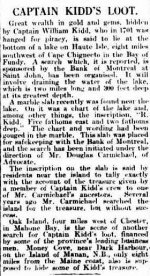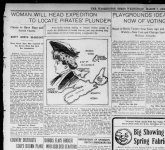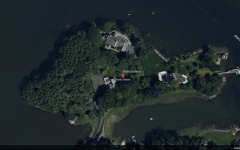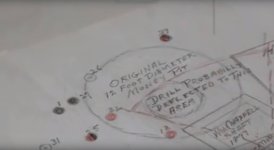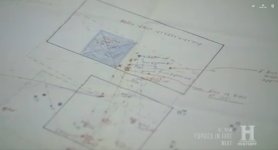Armchair detective
Full Member
- May 21, 2024
- 168
- 46
- Thread starter
- #121
Another
Page 3, "Borehole C", #4
"Machinery sent from New York, and from Halifax..." 1909
So the bottom line is no one has any sources that will "testify" to events between 1795 and say 1840 other than newspapers of about 1850? relating recollections from a suspect source.
Gloom. Had my hopes up there for a bit.
Got four stories about the ownership of the MP lot (John Smith bought it 1795, John Smith's father John Smith bought it 1795,
John Smith leased it for Onslow co, John Smith bought it 1809. Which story is true can be determined through the research.
The existence of the Onslow co can maybe be proven through government records.
Genealogy records show the existence of the players in this story.
Can you think of any other resources to try?
Think a teardown of the legend and a rebuilding of the history.
Page 3, "Borehole C", #4
"Machinery sent from New York, and from Halifax..." 1909
So the bottom line is no one has any sources that will "testify" to events between 1795 and say 1840 other than newspapers of about 1850? relating recollections from a suspect source.
Gloom. Had my hopes up there for a bit.
Got four stories about the ownership of the MP lot (John Smith bought it 1795, John Smith's father John Smith bought it 1795,
John Smith leased it for Onslow co, John Smith bought it 1809. Which story is true can be determined through the research.
The existence of the Onslow co can maybe be proven through government records.
Genealogy records show the existence of the players in this story.
Can you think of any other resources to try?
Think a teardown of the legend and a rebuilding of the history.


